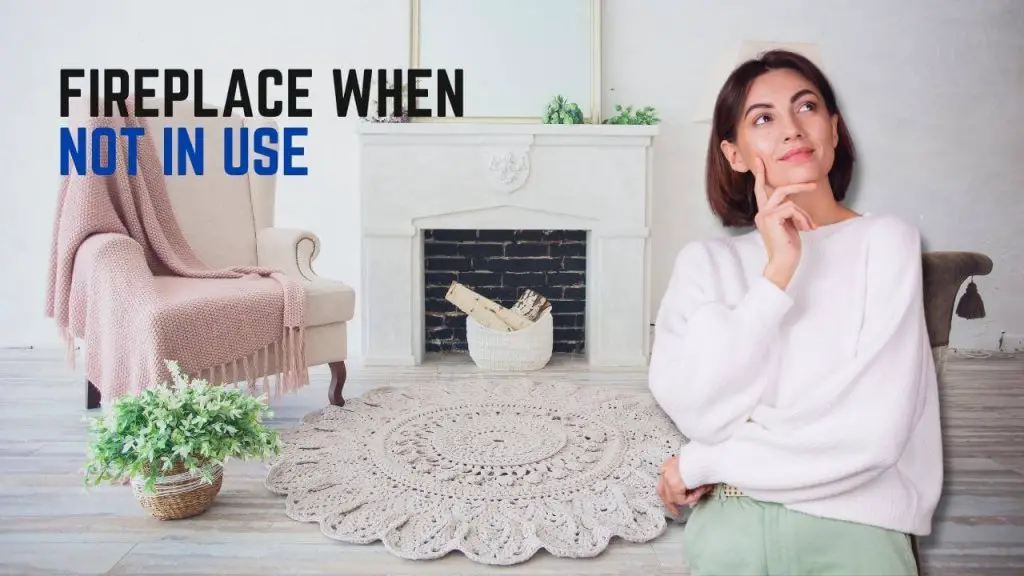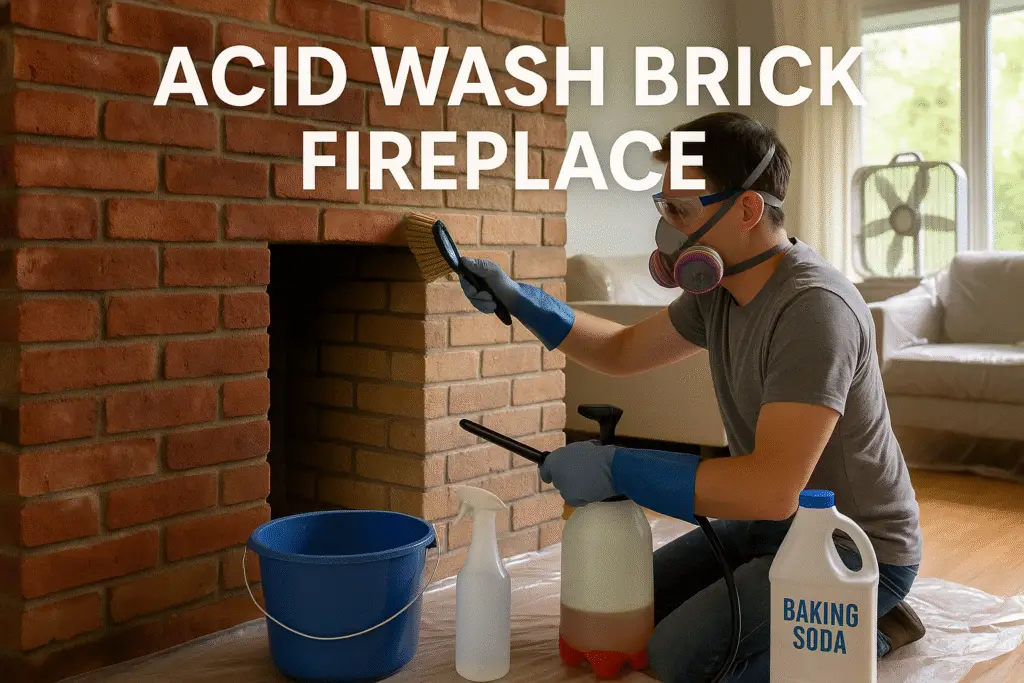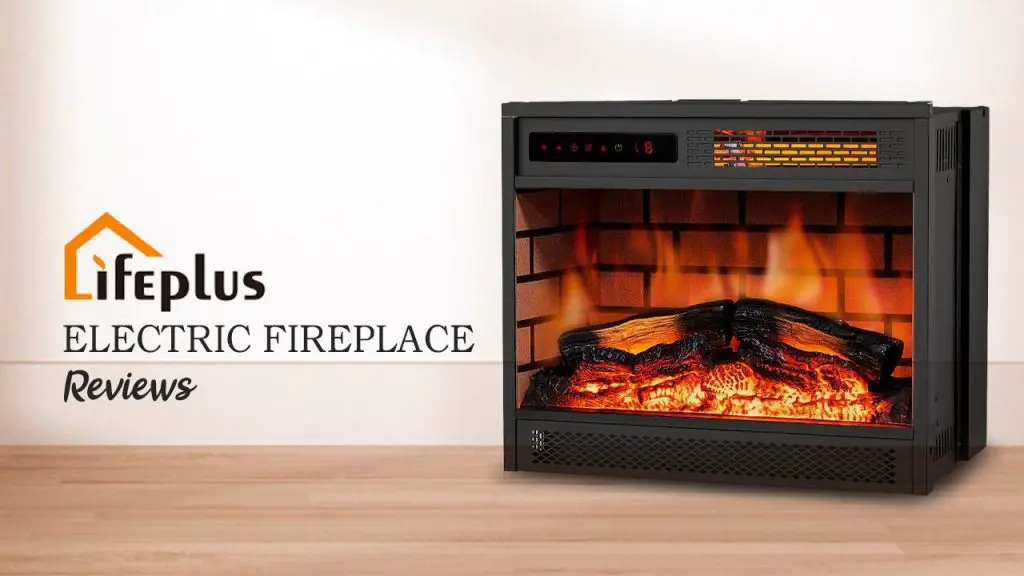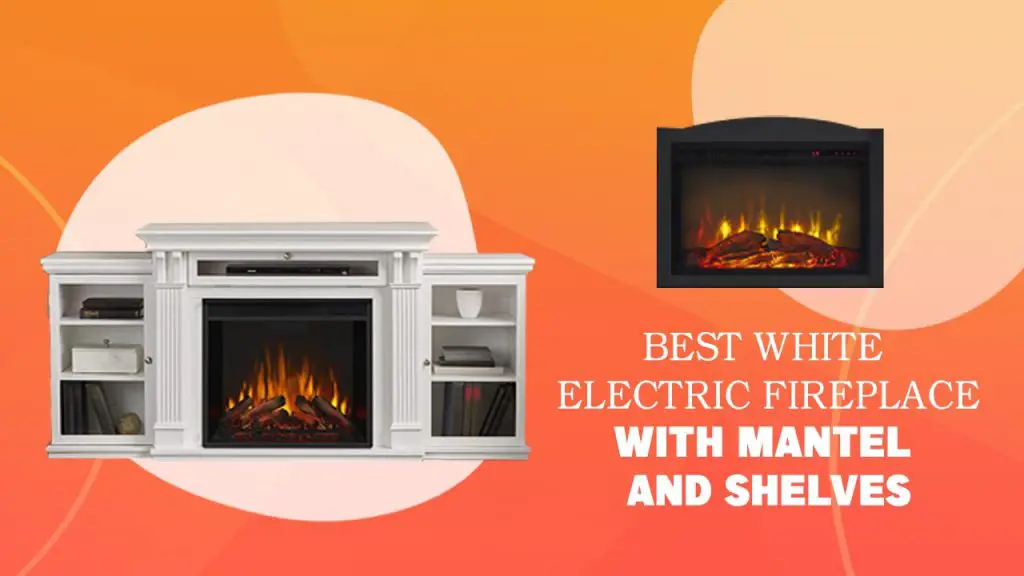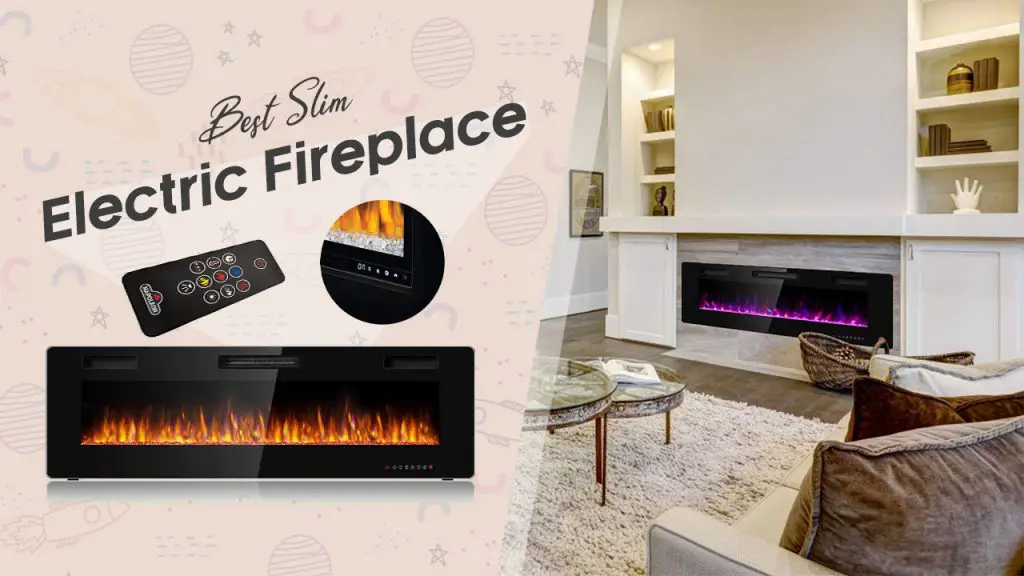Finding a house with a fireplace when you’re house hunting is like a cherry on a piece of vanilla cake. But then again, whether the fireplace is working or in good shape is a whole new subject altogether.
If it’s an abandoned fireplace and a repair is not in your current budget, what do you do with the opening staring back at you in your living room?
It could also be that you do not want a fireplace, but there’s one right there in a house that checks all the boxes. What do you do with a fireplace that’s not in use?
There are many options available for non-working or non-required fireplaces, including shutting them down, transforming them for another purpose, or even using it for decorative purposes.
In this post, we’ll answer all the questions you may have relating to fireplaces not currently in use and how you can make the best of the situation.
What Happens If You Don’t Use Your Fireplace?
Statistics suggest that nearly half the homes in the US have a chimney. This means there’s a fireplace in there somewhere.
In fact, as much as 41% of newly-built homes in the country have a fireplace installed. But how many of these homeowners actually use the fireplace?
Factors like energy bills, access to firewood and the opinion that the region isn’t cold enough for a fireplace are some reasons given. As a result, many homeowners assume there’s no need to take care of the fireplace or chimney because they do not use their fireplaces.
Your fireplace is bound to gather a lot of dirt and dust when not in use. Do not also be surprised to find rodents and insects like spiders taking refuge in there.
Over time, defacing may become inevitable as dampness and dirt continue to lay siege, unchecked. If you look through the chase and up the chimney, there’s another problem altogether.
Your unused chimney is still vulnerable to the devastating effects of rain, ice, wind and other extreme weather conditions. It is, therefore, important to schedule yearly chimney inspections to ensure everything is in good condition.
Chimney bricks may begin to spall, deteriorate and collapse if you fail to clean and maintain them. You may also find leaks that will allow water in, causing damage to the inside walls of your chimney, chase and fireplace.
This can also cause severe damage and eventual collapse of the fireplace if not addressed. Some other times, this moisture can find its way to other parts of the house, causing cracks on the walls around the chimney.
Some homeowners have found birds of different kinds, bats, squirrels and several other pets finding shelter in their chimney. Animals like to seek warmth and dryness when it’s time to build their homes.
And although a chimney may be non-functional, it is still the perfect spot for them. Mice, raccoons, squirrels and bats living in your chimney can cause severe damage.
Also, when it’s time to use your chimney, proper inspection is required so you don’t poison pets that may have transformed it into their home.
It is not uncommon to find these critters sneaking objects into your chimney. Where any of such objects is flammable, it could ignite and cause a fire.
So, even if you’re not using your fireplace (for whatever reason), it is important to keep it in good condition. Clean it up as regularly as you can and invite a professional for occasional inspection (at least once every year).
Is It Safe to Block an Unused Fireplace?
Yes, it certainly is. You can block an unused fireplace in a variety of ways without any safety concerns. You only have to ensure that it has been properly emptied with no ignitable items lying around.
You must also ensure the chimney is properly sealed to prevent water from getting in. There are at least three ways to block an unused fireplace and we’ll examine them here;
1. Use blocks
Lightweight blocks are preferred here. You can simply lay the blocks and plaster them up. And because there’s a hollow space that runs from bottom to top, we advise you to fix a ventilation grill in front if you do not seal off the chimney to prevent the buildup of damp.
2. Thermalite Blocks & Bricks
This is another option. You can use these to fill up the fireplace and run a plaster over. You must ensure you cap the chimney at the top to prevent water from entering the flue.
A pepper pot cowl can do the trick or you can use a regular chimney cap. If damp is already present, a renovating plaster should be able to handle it.
3. Stud Board/Skim
Wooden skimboards can be a very durable option for sealing off your fireplace. You may also decide on a stud board. Whichever you choose, ensure you install a vent and also put a rain guard over the chimney pot to prevent water from getting in.
Can You Use Fireplace If It Hasn’t Been Used in Years?
You can use a fireplace that you’ve not used in so many years as long as it is in good condition. All you’ll need to do is have it inspected by a professional to be sure there are no damages requiring repair and also clean it up.
If you’re just moving into an old house with a fireplace that hasn’t been used in years, you’re likely to find birds and squirrel nests in the chimney as well. Depending on the age, you may need to reline it and bring it up to modern safety standards.
In some cases, a total renovation may be required. Whereas, in other cases, only routine cleaning may be needed to fire it up once again.
Can You Use a Fireplace If It Hasn’t Been Cleaned?
If you’ve left your fireplace for an entire season; a few months perhaps, it is necessary to have it cleaned before you light it up.
Not only will you be getting rid of dirt and cobwebs, but you may also find that it has become home to feathered critters and fur who are likely to leave nesting debris behind.
Such waste may be flammable, cause a terrible stench when the fire lights up or you may just be harming pets and other critters ignorantly.
How Do I Know My Fireplace Is Safe to Use?
Experts have suggested four (4) simple tips to ensure your fireplace is safe before you light it up. They are:
- Assess the firebox. Check the interior for wear, gaps or signs of cracks. If you notice any deterioration on the lining, you need to have it repaired. Using it without repair can cause heat to build up and cause damage.
- Look out for smoke stains. Spotting smoke stains on your ceiling may indicate that something is wrong with your fireplace. There could be a gap between the fireplace and the mantel or the hearth. If this is the case, you should not use your fireplace to avoid carbon poisoning.
- Examine the chimney. You must get your chimney inspected. Most people do not want to climb up the roof to have a peek into their chimney, and that’s okay. Get someone else to do it. This will help you know if cleaning or repair is needed.
- Ensure grate is the right size. If you have the perfectly-sized grate, you won’t have to deal with overheating problems which may cause an accident or damage your fireplace.
Important Tips Before Using a Fireplace That Was Not in Use for A Long Time
- Check for animals in chimney/chase and have them removed.
- Look out for cracks, gaps and signs of wear in and around firebox and repair them.
- Also check for fur and other animal litter and remove them.
- Check chimney pot for cracks and leaks and repair, where necessary.
- Remove old logs and replace them with new ones.
- If it’s a gas fireplace, check hose and pipes to be sure there’re no leaks. If there are, replace the pipe. Also check gas switch knob to be sure it’s in good condition.
Final Words:
Fireplaces require a lot of attention, even when not in use. If you never intend to use it, you can simply seal it off and ensure the chimney is capped to prevent rain from getting in.
If you’re not sure what the future holds, there are other sealing materials like skim and stud board that you can use.
With these, you can always open it up in the future, clean out your firebox and chimney, make necessary repairs and light it up for much-needed warmth and comfort in the winter.
